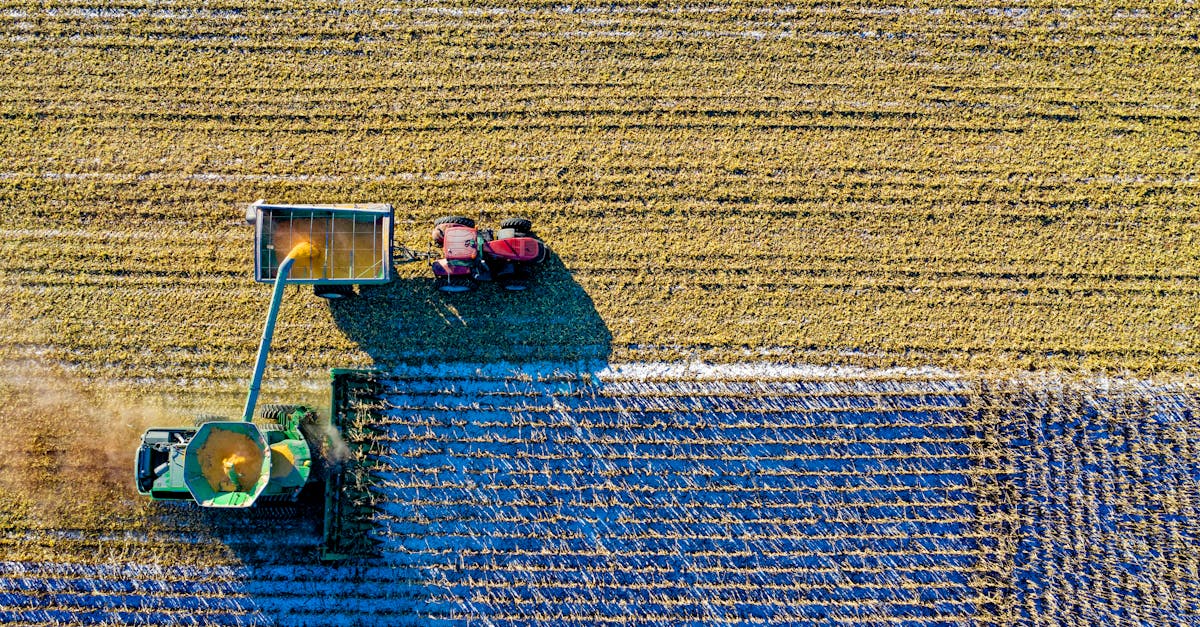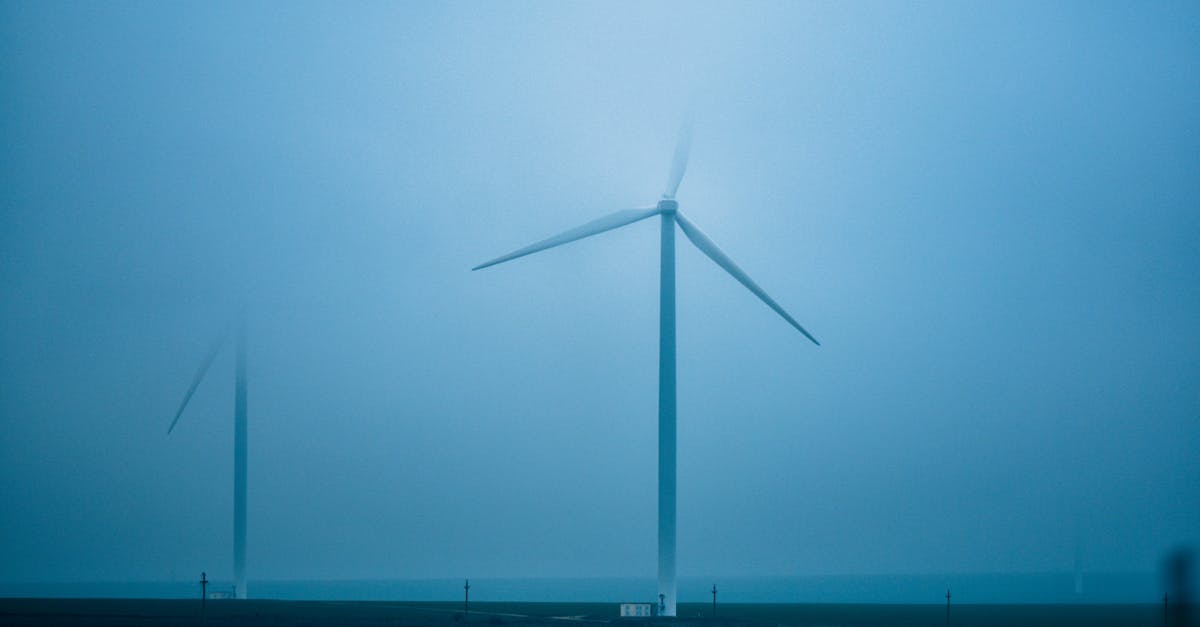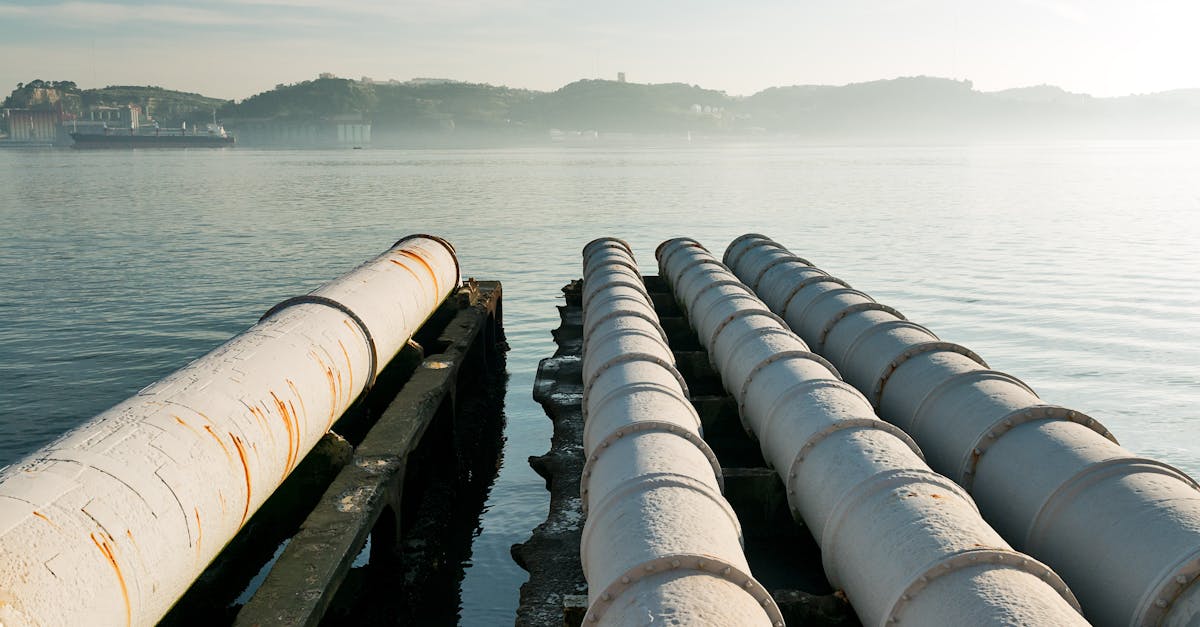Revolutionizing Water Security: A Comprehensive Guide to DIY Water Generation

Craft Your Own Oasis: DIY Water Generation Explained & Simplified
In an era marked by environmental concerns and growing water scarcity, the ability to generate your own water has become a valuable skill and a path towards water independence. This article delves into the fascinating world of DIY water generation, empowering you with the knowledge and techniques to transform natural resources like air, rainwater, and even saltwater into a precious and sustainable source of life.
Embark on a journey of self-sufficiency and resilience as we explore the diverse methods of DIY water generation. From harnessing the life-giving rain to extracting water from the very air we breathe, every technique holds immense potential for communities and individuals seeking to secure their water resources. Let’s dive into the captivating realm of water generation and unlock the power to quench our thirst and nurture our planet.
Thank you for reading this post, don't forget to subscribe!
1. Introduction: Embracing Water Independence
Introduction: Embracing Water Independence
The pursuit of DIY water generation is driven by a multitude of factors, all contributing to the broader goal of water independence and sustainability. By harnessing natural resources and employing innovative techniques, individuals and communities can reduce their reliance on centralized water systems and external water sources.
Embracing DIY water generation empowers us to become active stewards of our water resources. Rainwater harvesting, condensation, and desalination are just a few of the methods that can help us capture, store, and purify water from various sources. These techniques not only provide a reliable water supply but also promote self-sufficiency and resilience in the face of water scarcity or disruptions in traditional water infrastructure.
Moreover, DIY water generation aligns with a growing consciousness of environmental responsibility. By reducing our consumption of bottled water and minimizing the strain on municipal water systems, we can contribute to a more sustainable and water-secure future. As we delve into the practical aspects of DIY water generation, let’s keep in mind the profound motivations that drive this movement: water independence, self-sufficiency, resilience, and environmental stewardship.
2. Rainwater Harvesting: Capturing Nature’s Bounty

Rainwater Harvesting: Capturing Nature’s Bounty
Rainwater harvesting is an ancient practice that has gained renewed attention as a cost-effective and sustainable way to collect and store rainwater for various non-potable uses. By implementing simple techniques and utilizing readily available materials, individuals and communities can harness the power of nature to supplement their water resources.
Rainwater harvesting systems typically involve collecting rainwater from rooftops or other impervious surfaces, directing it through gutters and downspouts into storage tanks or cisterns. These systems can range from simple barrels to more elaborate underground storage facilities. Collected rainwater can be used for a variety of purposes, including irrigation, washing, and even flushing toilets, reducing the demand on municipal water supplies.
Embracing rainwater harvesting offers numerous benefits. Not only does it provide a reliable and cost-effective water source, but it also helps conserve water, reduce stormwater runoff, and improve water quality in our waterways. As we explore the different types of rainwater harvesting systems and their applications, let’s keep in mind the potential of this sustainable practice to enhance water security and promote environmental stewardship.
Rainwater Harvesting Systems
Rainwater Harvesting Systems
Rainwater harvesting systems come in various forms, each tailored to specific needs and circumstances. Rooftop collection is a common method, involving the installation of gutters and downspouts to channel rainwater from rooftops into storage containers. These systems can be relatively simple and cost-effective to implement, making them a popular choice for residential and commercial buildings.
For larger-scale water storage, ground storage systems are employed. These systems involve the construction of underground tanks or cisterns to collect and store rainwater. Ground storage systems offer greater water capacity compared to rooftop collection and can be particularly useful for irrigation or other non-potable uses. Proper filtration and maintenance are crucial to ensure the quality of stored rainwater.
To ensure the safety and quality of harvested rainwater, filtration methods play a vital role. Simple filtration systems, such as screens or first-flush diverters, can remove debris and larger particles from rainwater. More advanced filtration systems, incorporating activated carbon or ultraviolet disinfection, can further purify rainwater, making it suitable for a wider range of uses, including drinking and cooking.
Benefits of Rainwater Harvesting
Benefits of Rainwater Harvesting
Utilizing rainwater as an alternative water source offers a multitude of environmental, economic, and practical benefits. Environmentally, rainwater harvesting reduces the strain on municipal water supplies, which can become depleted during periods of drought or water scarcity. By collecting rainwater, we can conserve precious groundwater and surface water resources, ensuring their availability for future generations.
Economically, rainwater harvesting can lead to significant cost savings on water bills, especially in regions with high water rates. Harvested rainwater can be used for various non-potable purposes, such as irrigation, washing, and flushing toilets, reducing the reliance on expensive municipal water for these tasks.
Practically, rainwater harvesting provides a reliable water source during emergencies or when faced with water disruptions. Collected rainwater can be used for drinking, cooking, and sanitation, ensuring a degree of water security in the event of natural disasters or infrastructure failures.
3. Condensation and Atmospheric Water Generation: Harnessing the Air’s Moisture
Condensation and Atmospheric Water Generation: Harnessing the Air’s Moisture
Condensation and atmospheric water generation (AWG) are innovative techniques that extract water from the humidity present in the air. These technologies offer promising solutions for water scarcity in arid regions or areas where traditional water sources are limited.
Condensation involves cooling warm, humid air below its dew point, causing water vapor to condense into liquid water. Passive condensation techniques, such as using fog nets or dew collectors, can be employed in humid coastal areas to collect water from the air. Active condensation systems, utilizing охлаждающие устройства, can generate water even in drier climates.
Atmospheric water generation takes condensation a step further by actively extracting water vapor from the air using specialized devices called AWG machines. These machines pass air through a охлаждающий system, condensing water vapor into liquid water. AWG technology has advanced significantly in recent years, making it a viable option for decentralized water production in remote or water-stressed areas.
Condensation Techniques
Condensation Techniques
Condensation techniques harness the natural process of condensation to extract water from the air. Passive condensation methods rely on natural temperature fluctuations and environmental conditions to condense water vapor. Fog nets and dew collectors are simple yet effective devices that capture water droplets from fog and dew, respectively. These methods are particularly suitable for humid coastal areas where fog and dew are prevalent.
Active condensation systems employ охлаждающие устройства to actively condense water vapor from the air. These systems typically consist of a охлаждающий surface, a fan to circulate air, and a condenser to collect the condensed water. Active condensation systems can operate in a wider range of climates and are more efficient at extracting water from the air compared to passive methods.
Atmospheric Water Generators
Atmospheric Water Generators
Atmospheric water generators (AWGs) are advanced devices that extract water directly from the air, offering a promising solution for water scarcity in arid and remote regions. AWGs utilize the principle of condensation to condense water vapor into liquid water, operating independently of traditional water sources.
AWG technology has witnessed significant advancements in recent years, leading to improved efficiency and cost-effectiveness. Modern AWGs employ innovative materials and охлаждающие технологии to maximize water extraction from the air. These systems can generate potable water from even low humidity environments, making them suitable for a wide range of applications.
AWGs have gained traction in various sectors, including disaster relief, military operations, and remote communities. Their ability to provide a reliable source of clean water, without the need for complex infrastructure, has made them invaluable in water-stressed regions. As AWG technology continues to evolve, its potential for decentralized water production and sustainable water management is expected to grow.
4. Desalination: Transforming Saltwater into Freshwater
Desalination: Transforming Saltwater into Freshwater
Desalination is a crucial technology that converts saltwater into freshwater, addressing the growing water scarcity in coastal regions and arid areas. By removing salt and other impurities from海水, desalination plants provide a reliable source of potable water for various applications, including drinking, irrigation, and industrial processes.
The most common desalination method is reverse osmosis (RO). RO systems utilize semipermeable membranes to separate salt ions from water molecules, producing freshwater with high purity. Other desalination methods include electrodialysis and distillation, each with its own advantages and applications.
Desalination technologies have advanced significantly over the years, leading to increased efficiency and reduced costs. However, desalination remains an energy-intensive process, and the disposal of concentrated brine byproduct poses environmental challenges. Ongoing research and innovation aim to address these issues and make desalination a more sustainable and cost-effective solution for water security.
Desalination Methods
Desalination Methods
Various desalination methods have been developed to remove salt and other impurities from seawater, each with its own advantages and applications. The most widely used method is reverse osmosis (RO), which utilizes semipermeable membranes to separate salt ions from water molecules. RO systems operate by applying pressure to saltwater, forcing water molecules through the membrane while retaining salt ions and other contaminants.
Electrodialysis is another desalination method that employs electrically charged membranes to separate salt ions from water. Electrodialysis systems consist of alternating positively and negatively charged membranes, which attract and repel salt ions, allowing for the selective removal of salt from seawater.
Distillation is a more traditional desalination method that involves boiling seawater and collecting the condensed freshwater vapor. Distillation systems require a significant amount of energy to heat the seawater, but they can produce high-purity freshwater with low levels of dissolved solids.
Applications of Desalination
Applications of Desalination
Desalination technology plays a vital role in providing access to freshwater in various regions and sectors. In arid regions with limited natural water resources, desalination plants are essential for meeting the water demands of growing populations and sustaining economic development.
Coastal communities often turn to desalination to supplement their freshwater supplies, especially during periods of drought or increased water consumption. Desalination plants can provide a reliable and cost-effective source of water for coastal cities and towns, reducing their reliance on distant water sources.
Beyond municipal water supply, desalination also finds applications in industrial processes. Industries such as power generation, mining, and manufacturing require large quantities of water, which can be met through desalination, especially in water-scarce regions. Desalination provides a穩定 and reliable source of water for industrial operations, ensuring continuity and efficiency.
5. Other DIY Water Generation Techniques
Other DIY Water Generation Techniques
Beyond the primary methods of water generation, various innovative and alternative techniques offer decentralized solutions for water production. Solar stills harness the power of the sun to evaporate water from鹹水 or other contaminated sources. The evaporated water condenses on a cooler surface, providing access to clean and purified water.
Fog harvesting is a promising technique in regions with frequent fog. Fog harvesting systems use large nets or meshes to capture water droplets from fog, which can then be collected and purified for use. This technique provides a sustainable source of water in areas where traditional water sources are scarce.
Other innovative methods include biofiltration, which utilizes plants and microorganisms to purify water, and atmospheric water harvesting, which extracts water vapor directly from the air using specialized materials. These techniques, while still in their developmental stages, hold potential for decentralized water production in remote and water-stressed regions.
6. Conclusion: Empowering Sustainable Water Management
Conclusion: Empowering Sustainable Water Management
The pursuit of DIY water generation empowers individuals and communities to take an active role in securing their water resources and promoting water sustainability. By harnessing natural processes and utilizing innovative techniques, we can reduce our reliance on centralized water systems and contribute to a more sustainable and water-secure future.
DIY water generation fosters self-sufficiency and resilience, especially in regions facing water scarcity or unreliable infrastructure. By implementing rainwater harvesting systems, utilizing condensation and atmospheric water generation, or exploring alternative techniques like solar stills and fog harvesting, we can create decentralized water sources that are less vulnerable to disruptions and external factors.
Embracing DIY water generation not only addresses immediate water needs but also promotes long-term water sustainability. By reducing our consumption of bottled water, conserving water resources, and raising awareness about water scarcity, we can contribute to a collective effort to protect and preserve this precious resource for generations to come.
What are the benefits of DIY water generation?
DIY water generation offers numerous benefits, including increased water independence, reduced reliance on centralized water systems, cost savings on water bills, improved water quality, and enhanced water security during emergencies or water disruptions.
What are the different types of DIY water generation methods?
There are several DIY water generation methods, including rainwater harvesting, condensation and atmospheric water generation, desalination, and other innovative techniques like solar stills and fog harvesting.
How can I choose the best DIY water generation method for my needs?
The best DIY water generation method for you will depend on factors such as your location, water needs, and available resources. Consider the climate, rainfall patterns, and water quality in your area when selecting a method.
Is DIY water generation safe?
DIY water generation can be safe if proper precautions are taken. Always follow the instructions and guidelines for the specific method you choose, and ensure that the water is properly purified and disinfected before consumption.
How can I get started with DIY water generation?
Getting started with DIY water generation can be as simple as collecting rainwater in a barrel or installing a condensation system. Research different methods, consult with experts, and choose a method that aligns with your needs and capabilities.




